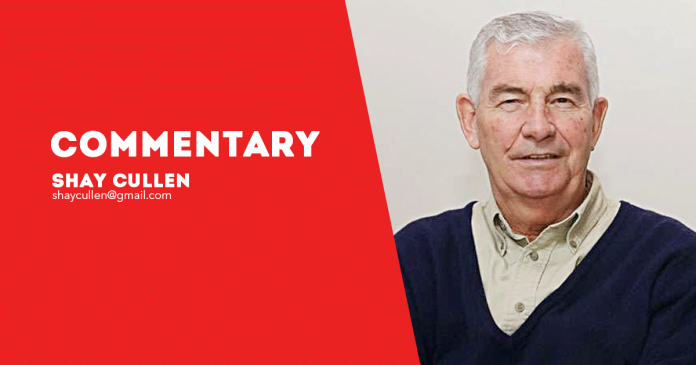
BY SHAY CULLEN
THE NAZIS built a total of 25 concentration and execution camps and sub-camps all over occupied Europe and in Germany for their evil purpose. Auschwitz is known as the most notorious. At least one million Jews were gassed or beaten or shot to death at this camp in Nazi-occupied Poland. In other camps, the killings went on. Between 870,000 and 925,000 people were killed at Treblinka in Poland; 170,000 died at Sobibor. At least 152,000 were murdered at Chelmno, and about 434,500 Jews were killed at Belzec. Almost all were in occupied Poland. In all, about 6 million Jews and millions of others died in the Holocaust. The teenager Anne Frank was imprisoned in Bergen-Belsen camp and died of sickness just before the liberation. Her famous diary tells of her life in hiding and in the camp.
In Germany, a notorious Nazi camp was Buchenwald. This was built about twenty-five kilometers outside the famous cultural city of Weimar. There were prisoners from all over Europe. They were all considered degenerate, useless and used for slave labor in armament factories before being executed.
After receiving the Human Rights Award of the City of Weimar in the year 2000, I was brought to the Buchenwald Camp and given the privilege to lay a wreath of flowers on the memorial slab on the ground. It marks a memorial to the 56,545 victims killed there by the Nazis. As many as 208,000 were held in this camp and in sub-camps.
I was brought to see the tiny cell where important prisoners were held before being brought to the execution chamber in the corner of the camp. There, I saw huge photographs of piles of some two hundred emaciated dead bodies piled on top of each other like a human garbage dump.
Inside, there was the execution chamber where the prisoner was made to stand against the wall and behind him was a hole in the wall through which he was shot in the back of the head. There were hooks in the roof from which other prisoners were strung up with wire around their necks and they hung until they died of strangulation.
Beside this, there was a large, rusty metal lift where the bodies were thrown and it lifted them up one floor to the ovens. In the crematorium room, there were six furnaces in a row. They threw the bodies on a trolly and shoved them into the long oven. They locked the metal door of the oven and incinerated the bodies of the murdered victims. The executions and murders went on all day. Other prisoners had to do the incineration while the Nazi SS officer was the executioner. This shocking and harrowing experience of my visit to Buchenwald has stayed with me. The camp and others stand today as historical evidence and a stark reminder that however developed, cultured, educated, and technologically-advanced and prosperous a nation is, it can allow a racially motivated, hate-filled politician to come to power, murder millions and destroy the nation. After Hitler’s suicide and the end of World War II, Germany was devastated.
With all our strength, moral and positive political influence, we must educate and inspire the people to choose their leaders carefully. The good leaders are those with compassion, kindness, understanding, integrity, goodness and a love of justice and truth. This is the leader that can lead a nation away from the culture of greed, selfishness, killing and death to its noble destiny where goodness and justice will prevail with wisdom and good governance. (preda.org)/PN



